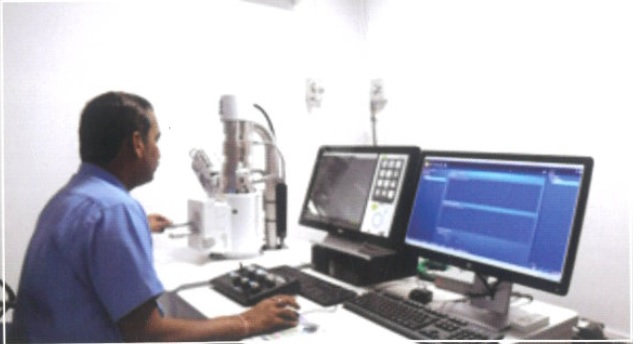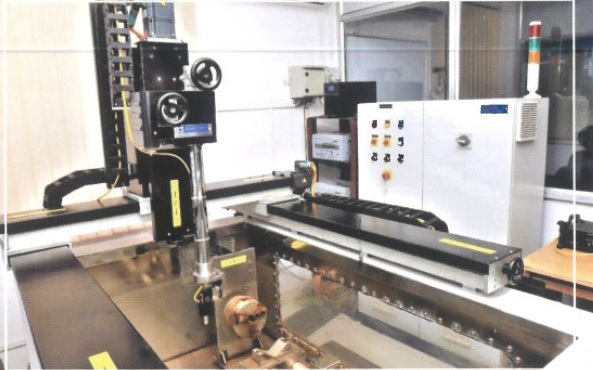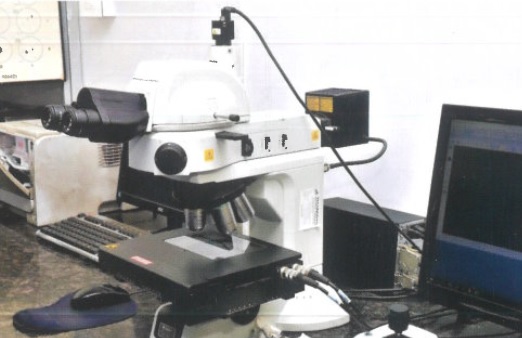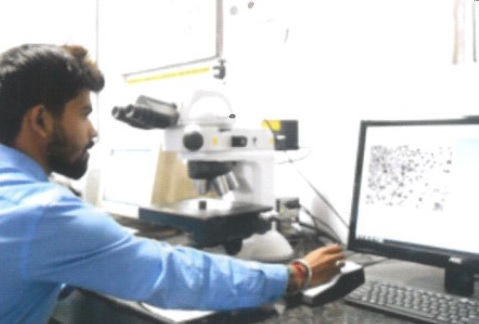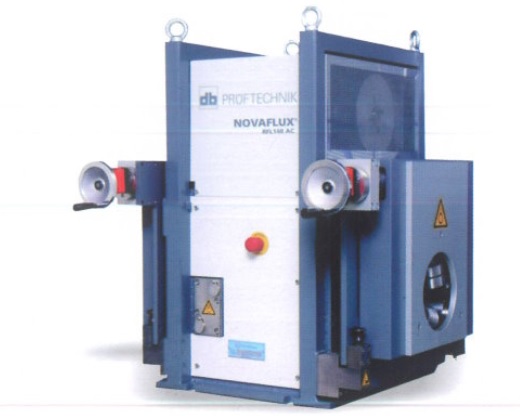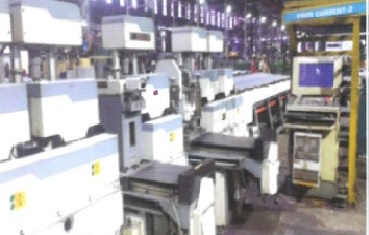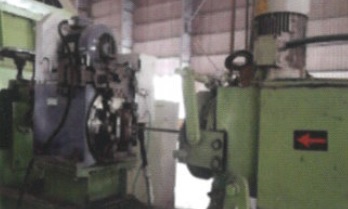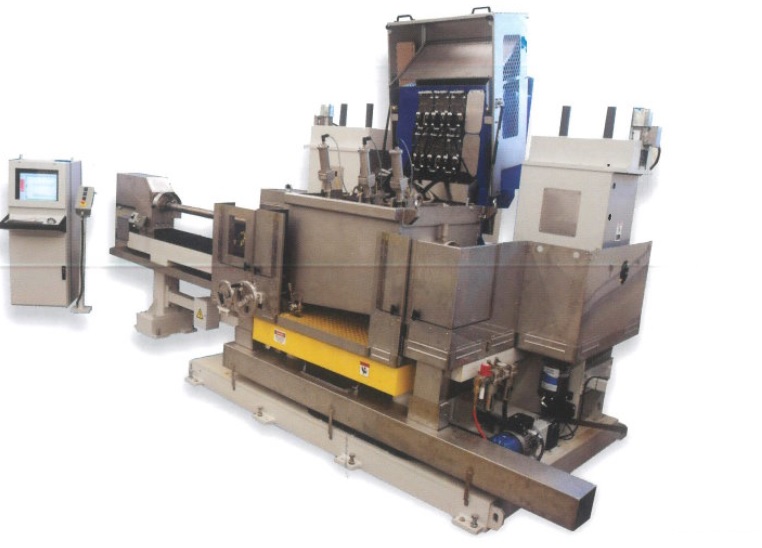



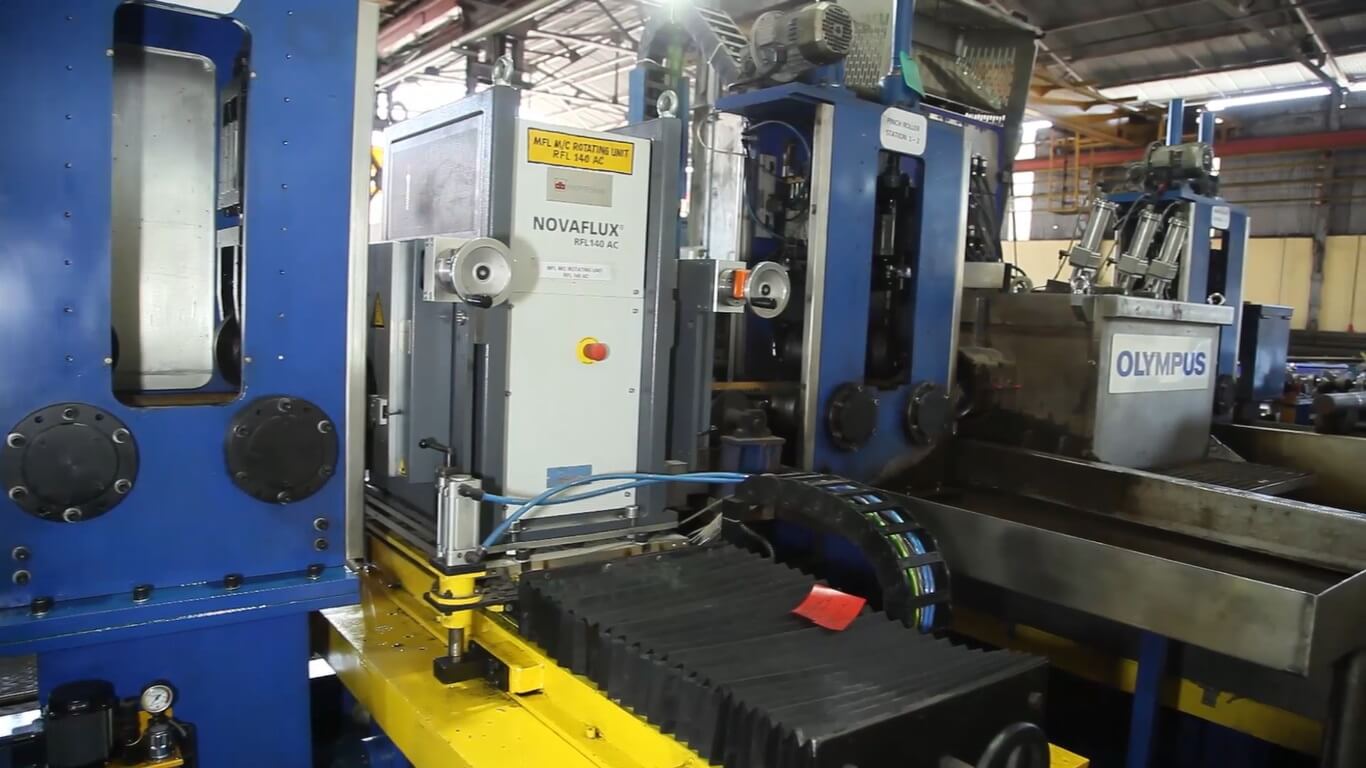
Previous
Next
R & D division of Sunflag Iron Steel Co. Ltd. Plays a pivotal role in retaining and consolidating Sunflags‘ leadership position in automobile industry. R & D focus on development of new steel grades, process improvement, continous Lip-gradation of Quality, Customer Satisfaction through customized products matching with their specific requirement.
Sunflag R&D lab is equipped with following state of the art equipment:
- Scanning Electron Microscope with Energy Dispersive X—Ray Spectroscope (SEM—EDS) of Make — JOEL
- Immersion Ultrasonic Testing Facility of Make — Olympus / Blue Star
- Optical Microscope with Automatic Multiaxis stage Movement and Image Analysis software
- Micro—hardness tester
- Ferritometer
- NABL Certified Testing Lab
- R & D Centre Recognised DSIR Government of India
SCANNING ELECTRON
MICROSCOPE WITH EDS
- Key Function
– Microstructure analysis
– Quantitative 8L qualitative Analysis of Inclusions
- Failure Analysis
- Fractography
- Inclusion with quantitative elemental analysis
Salient Features
- Fully automatic system comprising of Turbo molecular rotary pump
- Automatic stage movement
IMMERSION ULTRASONIC
TESTING MACHINE
- Key Function: Inspection of cleanlinesslevels (macro inclusions) in steel
Salient Features.
- Dimension of samples that can be tested :
– Round Bars :
- Size 15-120 mm die.
- Length 800mm
- Round Corner Square Bars:
- Size 60420 mm
UST Prob: 10 MHz — 6mm as per Sep1927
- Automatic data saving 8L reporting
- A scan 8L C scan analysis with real time display
Quality Highlights
Inclusion Mapping with 100% volume as Sep 1927 Class I to 5
UPRIGHT METALLURGICAL MICROSCOPE
WITH CLEMEX SOFTWARE
- Automatic Motorised Stage & Auto Focus
- Clemex Automated Inclusion Rating Analysis As per
– ASTME 45 Method A, C, D, E
– Din 50602 Method K, M,
– JlS G 0555,
– ISO 4967 compliant (DS)
– EN 10247 Complete analysis by all above
methods simultaneously
- Automated Grain Size measurement
- Phase analysis
AUTOMATIC MAGNETIC FLUX LEAKAGE TESTING (MFLT)
- Highly sensitive test method for detection of longitudinal defects on steel bars
- No Coupling Liquid
- Reliable and reproducible test results
- Automatic marking and sorting of defective bars during testing
- High production speed
- Real time display of inspection results
MFLT SALIENT FEATURES
| Diameter Range | 5 to 140 mm |
| Channels | 8 |
| Probes | up to 16 |
| Channel Width | 5.0 mm |
| AC Frequency | 7 KHz |
| Rotation | max.1.800 rpm |
| Test Speed | up to 2 m/s for 100% Material Scanning |
AUTOMATIC EDDY CURRENT TESTING (ECT)
FOR BAR & WIRE RODS
ECT is a non-destructive testing technique making use of electromagnetic induction to detect and
characterize surface 8L subsurface flaws for bright bars.
SALIENT FEATURES
ECT For Bars
- Automatic bar feeding system
- Automatic marking and sorting of defective bars during testing
- Size range: 6 to 60 mm
- Inspection of Longitudinal / Circular Surface defects
- Detectability of ECT: 0.05mm depth flaw with length 5mm I Detectability of ECT: 0.05mm depth flaw with length 5mm
- Reliable and reproducible test results I Reliable and reproducible test results
- High production speed
ECT For Bars
- Automatic bar feeding system
- Automatic marking and sorting of defective bars during testing
- Size range: 6 to 60 mm
- Inspection of Longitudinal / Circular Surface defects
- Detectability of ECT: 0.05mm depth flaw with length 5mm I Detectability of ECT: 0.05mm depth flaw with length 5mm
- Reliable and reproducible test results I Reliable and reproducible test results
- High production speed
PHASED ARRAY AUTO ULTRASONIC TESTING
SALIENT FEATURES
Phased Array Technology
Phased Array testing is a specialized type of ultrasonic testing that uses sophisticated multi- element array transducers and powerful instrumentation/software to steer ultrasonic beams through the test piece and map returning echoes.
No rotating movement, only electronic scanning is done:
Depth focalization for bar volume inspection (LW)
Electronic steering for bar surface inspection (SW)
Quality Highlights:
Capacity — 15 to 120 mm dia. Full bar volume inspection
Acceptance Criteria
Minimum defect depth and length (FBH)
- 0.7 mm FBH from 15—60 mm dia
- 1.2 mm FBH above 60 dia
Minimum defect depth and length (SDH)
- 0.5 mm x 10 mm {from 15—120 mm dia)
- 0.3 mm SDH sensitivity can deduced by
extrapolation depending material SNR.

